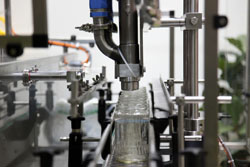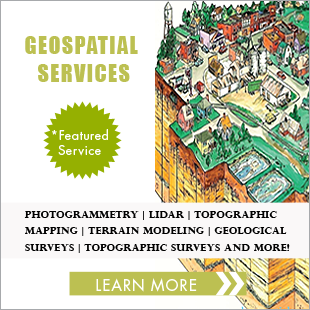
CAD Software in Food Technology
ICT techniques and the use of software tools have quickly made in-roads into the world of Food technology and major universities/research centers such as the food technology division in the Georgia Institute of Technology, now incorporate computer aided design tools simultaneously with computer-aided manufacture software into their study process.
These processes usually cover the major segments of food technology which includes:
- Process Control – which generally involves simulating what an inputted parameter will look like or the changes a certain procedure will have on the final output of a production.
- Planning – involves selecting the best processes for either manufacturing a product or packaging an already manufactured product for public consumption.
- Monitoring – this involves testing or documenting the nutritional properties of a food prototype, the merits of a chosen packaging plan as well as getting a realistic view of the final before releasing it to the public.
- Presentation – the physical appearance of what we ingest as food into the body, also plays a huge role in what we choose to eat. Therefore the need to try different presentation methods that will enhance the physical appearance of food plays an important role in food technology.

Although the use of CAD/CAM software has been well documented in food research centers, large food production organizations and culinary institutions, the average food designer/medium scale food production companies have not yet incorporated its use in their day-to-day business.
The slow acceptance of CAD/CAM technology by the mainstream food industry is in part due to the expenses involved in purchasing/hiring the equipment, software and personnel needed to set up an independent department for handling the CAD design process involved in food technology. But with the advent of outsourcing computer-aided design procedures to professional designers, the expenses involved with incorporating software design tools into food production has been drastically reduced.
Restaurateurs and food designers can now easily communicate food arrangement ideas to graphic designers who have the ability to use CAD systems to bring such ideas to life by modeling recipes to create edible art that can be used for public displays and exhibitions. While mid-scale food manufacturers and food packaging companies can enlist the use of drafting tools to develop enhanced food packaging designs, labeling ideas and also share these ideas among all individuals involved in the packaging process.
Now, utilizing CAD software applications for more extensive analysis may be quite difficult for chefs and food production personnel who have little or no experience with computer software applications but these applications can be used to simulate the following:

Nutritional Analysis: When developing a new nutritional product or seeking a nutritional balance for an already established product, nutritional analysis software can be used to simulate data—calories, ingredients etc.—to help create products that meet certain dietary specifications.
Calculating Production Cost: The artificial simulations that can be done with these software applications can take into consideration the time, effort, materials and ingredients used in manufacturing a product, with a view to obtaining a cost estimate before the actual process is initiated.
Quality Control: The need to conform to industry standards during the production process can be met by utilizing the HACCP features to pin-point where Hazard Analysis Critical Control Points need to be initiated during the manufacturing process.
The expenses involved with incorporating computer-aided design tools into food technology may be steep but the pay-off in terms of drastically reducing production time, cost and the need for re-productions while creating a new brand makes up for these expenses in the long-run.
– The CAD Chief












